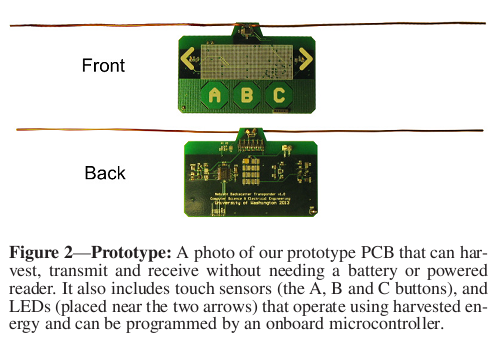SIGCOMM
2013-10-01
A few days ago at a student gathering, someone raised a question: Why is it that many people can watch TV without lag, but watching live video on the internet lags? Television is broadcast (essentially the same as radio), while internet video is delivered via point-to-point IP networks. For each additional viewer, the server has to send an additional set of data.
So how exactly is internet video delivered to every household? I’ve stolen some popular science knowledge from the top academic conference in the communications field, SIGCOMM 2013, to share with everyone.
2013-08-02
Author’s note: Starting today, this blog will gradually roll out a series of articles, stepping into the upcoming top academic conference in the field of communication, SIGCOMM 2013, to see what Wireless & Networking researchers around the world are doing. Although these seemingly fancy designs may not work at all in a production environment, they at least point us in some possible directions.
Ambient Backscatter: Wireless Communication Out of Thin Air
Absorbing energy from space and using it as a power source, doesn’t that sound crazy? A research team from the University of Washington has created an RFID card that doesn’t need a power source, can draw energy from TV Towers available in every city to support sensors and microcontrollers, and reflect the energy of the TV Tower’s radio signals, enabling autonomous communication between two RFID cards no more than 50~75 cm apart, with a communication speed of up to 1kbps. To borrow an advertising phrase, it’s “We don’t produce signals, we’re just the porters of TV signals“.
